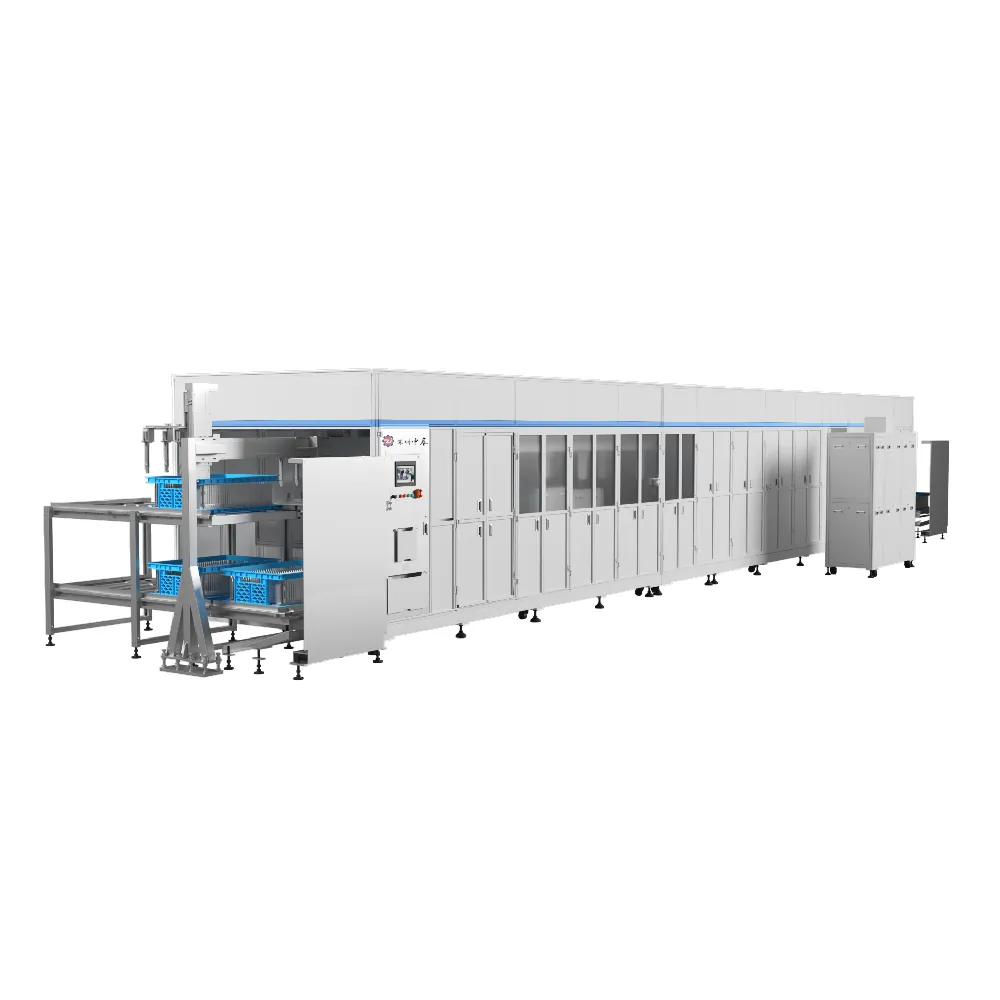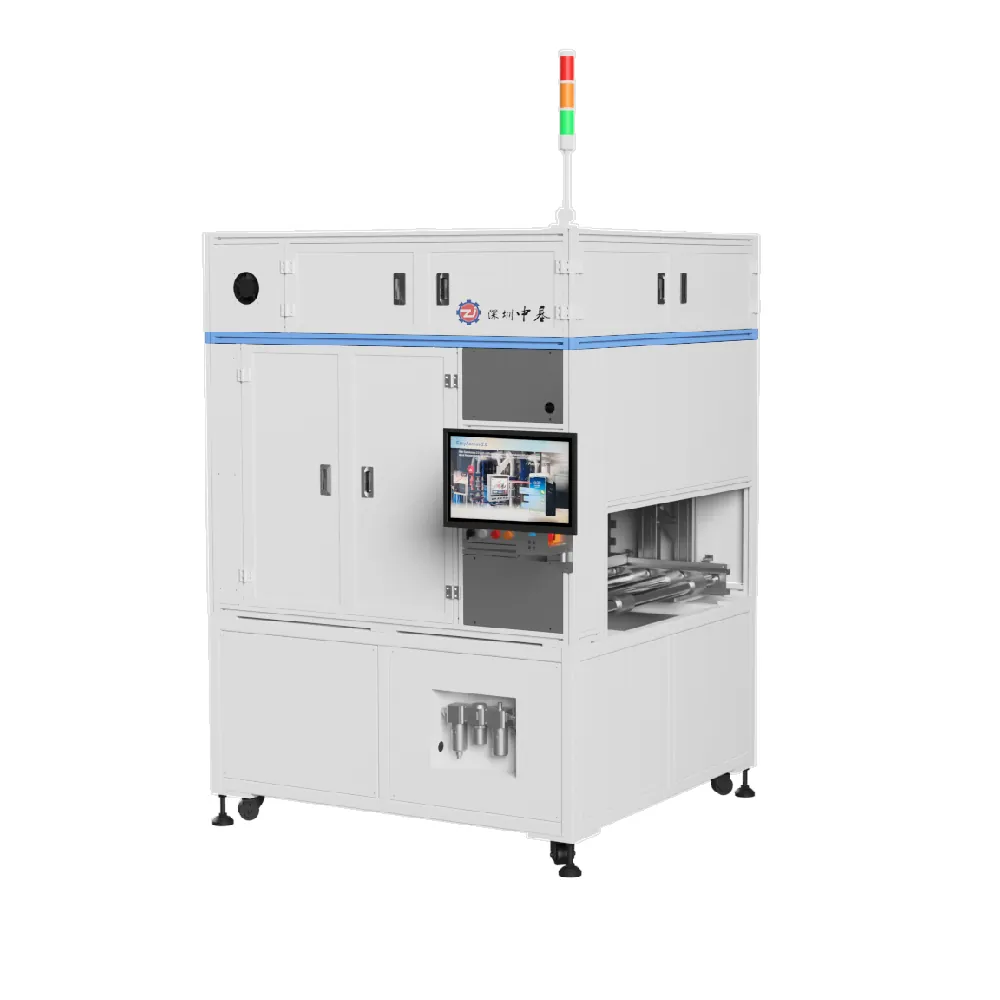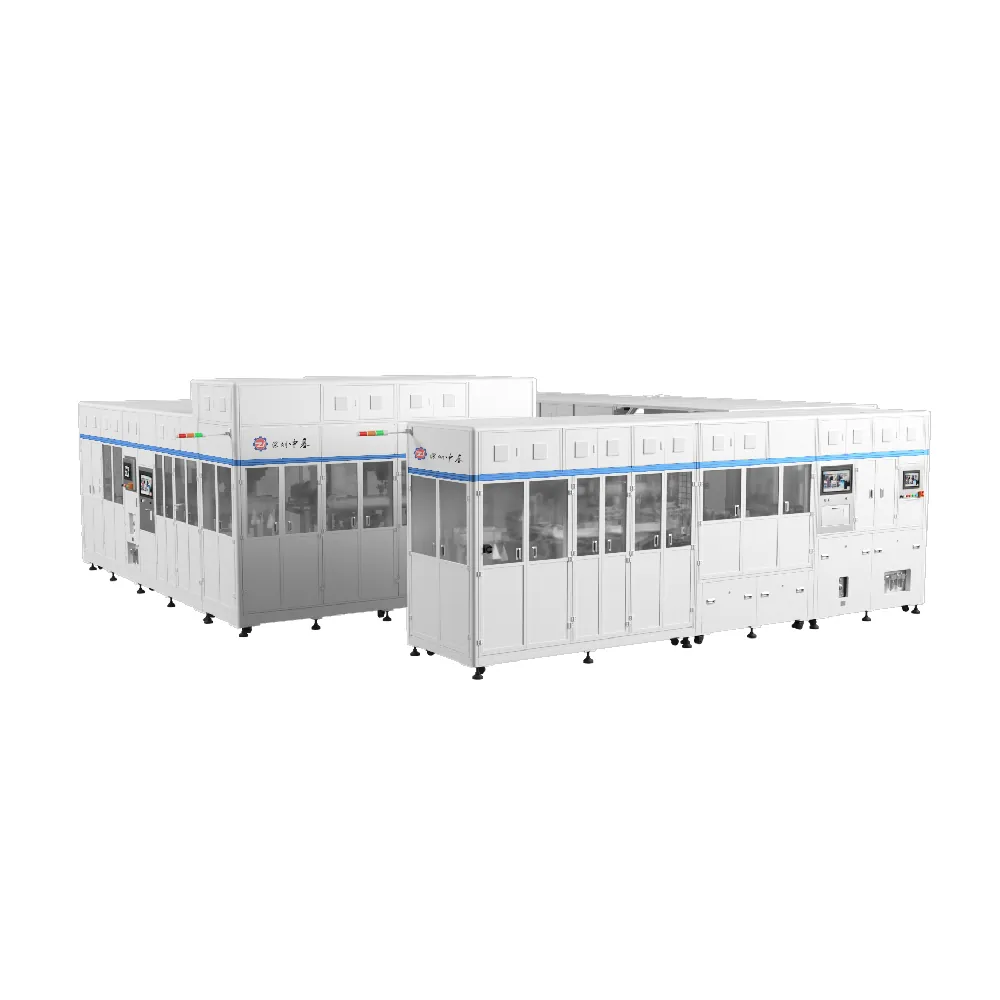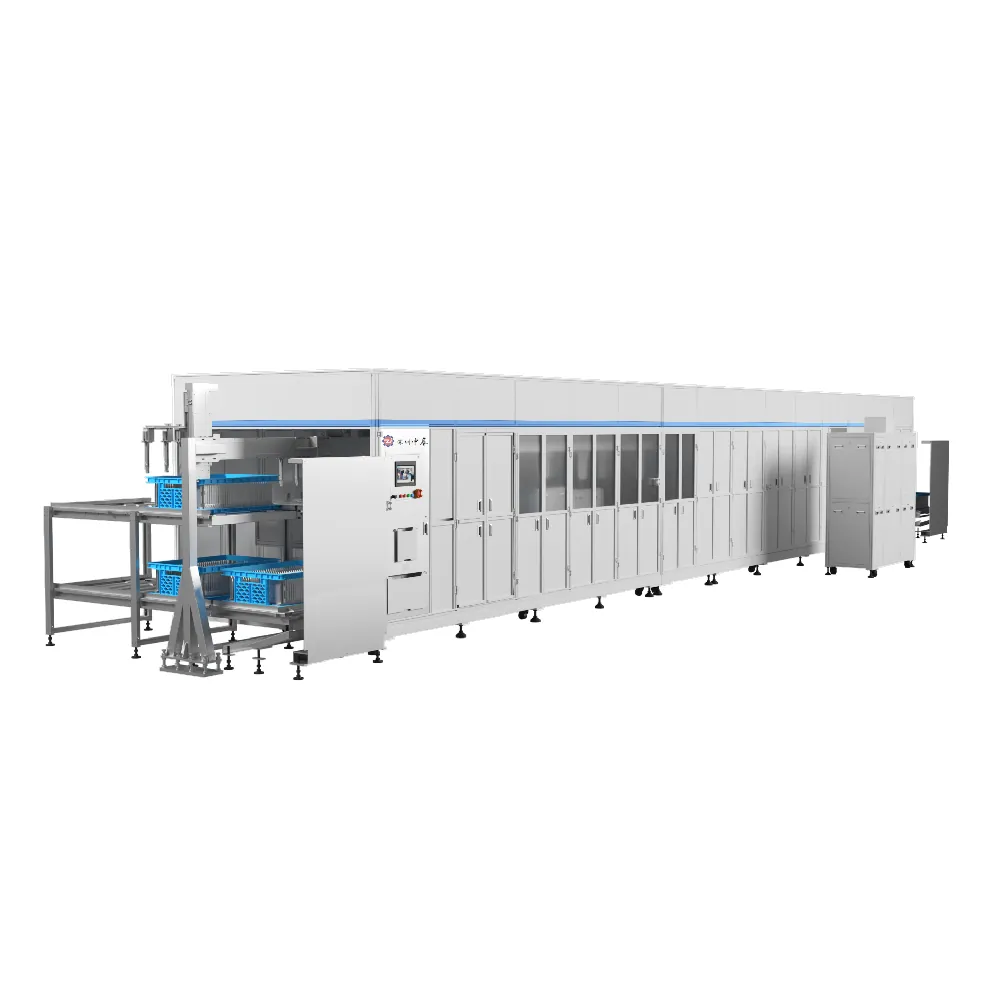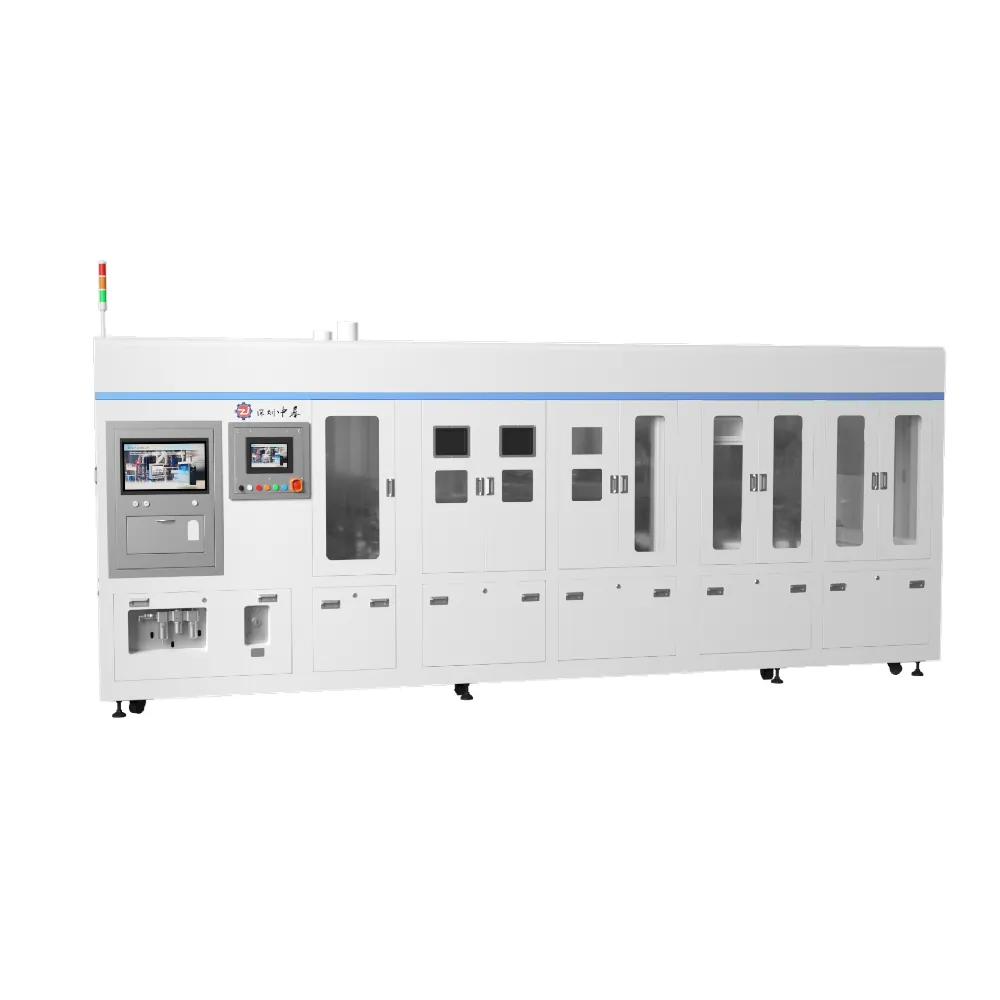
FAQ about OCV Testing During Battery Inspection
Battery quality testing is key in assessing the cell’s operational performance and quality. OCV (Open Circuit Voltage) testing measures the battery voltage when it’s not connected to any load, and no current is flowing outside the cell. This non-intrusive test provides valuable insights into the battery’s state of charge and health. During battery inspection, people would be perplexed by some concepts and would face some issues. To complete handle that smoothly, you need to know the answers to these common questions about OCV testing. (Copyright Photo from: https://www.freepik.com/free-photo/high-view-battery-pollution-waste_11276189.htm#fromView=image_search_similar&page=2&position=26&uuid=9755bac4-4154-43d0-917b-336a7ba3d7aa) Q1: What is the Open Circuit? An open circuit refers to discontinuity in an electrical circuit because no current flows through it. It reflects the true potential difference between the terminals without being influenced by external factors. Q2: What is OCV Testing for Lithium-Ion Battery? For lithium-ion batteries, OCV testing involves determining the cell’s voltage in the resting stage when disconnected from the charge. This apparently simple test depicts the battery’s health, functionality, state of charge, and potential anomalies. These batteries exhibit self-discharge capabilities, which causes the OCV values to drop with time. When the lithium-ion battery has an internal fault, the self-discharge process increases. It causes open circuit voltage to decline beyond the defined limit. A cell with an OCV that is too low or too high indicates a cell quality concern. OCV testing also serves as an initial litmus test to detect defects, imbalances, or inconsistencies early on. It helps manufacturers rectify these issues and ensure that only batteries meeting the highest quality standards proceed. Q3: What are the Differences Between Nominal Battery Voltage and OCV? Here are some basic differences between nominal and OCV voltage types: Nominal Battery Voltage Nominal battery voltage is the standardized or average voltage of a battery under normal operating conditions. For example, the nominal






